
White Bread
What is it that makes white bread so addictive? For that matter, what is it that makes whole grain bread so irresistible, too? One factor in the addictiveness in white bread is its carbohydrate content. The carbs in white bread are quickly broken down into sugar, which gives the eater a temporary burst of energy. But even whole wheat bread can be mildly addictive because of its gluten content. The proteins in gluten give bread its "stretch," but also act on some of the same receptor sites in the brain as opiates such as heroin. The good feeling you have when you smell bread baking is based on happy memories, but the good feeling you have when you eat it is based on addiction.
- Important notification about information and brand names used in this slideshow!
- Photo courtesy of jeffreyw by Flickr : www.flickr.com/photos/jeffreyww/5307865320/
- www.prevention.com/food/healthy-eating-tips/food-addiction-most-addictive-foods/10-white-bread
- http://recipes.howstuffworks.com/5-most-addictive-foods.htm
- http://www.doctoroz.com/videos/brain-hijackers-4-most-addictive-foods
- http://health.yahoo.net/articles/nutrition/photos/10-most-addictive-foods#0
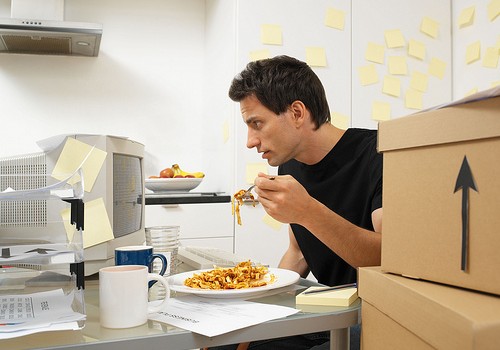
Pasta
Scientists who study cocaine addiction have noticed a peculiar tendency among cocaine addicts, at least in Europe: People who are hooked on cocaine are often also hooked on pasta. Part of the reason for pasta addiction among people who already have other addiction issues is economic. Cocaine isn't cheap. But part of the reason for pasta addiction among heavy drug users is that pasta, like white bread, contains proteins that can interact with some of the receptor sites in the brain that respond to hard drugs. It's highly unlikely that anyone is going to form a Spaghetti Anonymous group anytime soon, but pasta is also addictive, and overcoming one addiction often leads to overcoming another.
- Important notification about information and brand names used in this slideshow!
- Photo courtesy of Victor1558 by Flickr : www.flickr.com/photos/76029035@N02/6829315557/
- Lacoste J, Delavenne-Garcia H, Charles-Nicolas A, Duarte Garcia F, Jehel L. [Addiction to cocaine and other stimulants]. Presse Med. 2012 Dec.41(12 Pt 1):1209-20. doi: 10.1016/j.lpm.2012.07.013. Epub 2012 Sep 27. French.
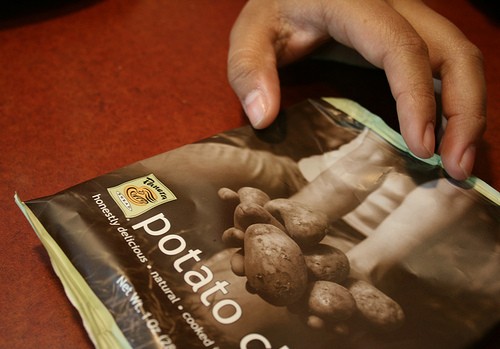
French Fries and Chips
On American television, the TLC network has a program called "Freaky Eaters," one episode of which focused on a woman named Amber who has eaten French fries at every single meal, breakfast, lunch, and dinner, and sometimes snacks, for 25 years. What is about French fries and potato chips--especially the chips that come wtih flavorings and ridges--that makes them so appealing that people just can't stop eating them? In the case of TLC's "French fry girl," the answer turned out to be a rare sensory disorder that made her extremely sensitive to textures in her food. When nutritionists helped her find other, more nutritious foods that have a mouth feel similar to fries--room temperature cucumbers in salad dressing, for instance--she was eventually able to break her French fry addiction.
- Important notification about information and brand names used in this slideshow!
- Photo courtesy of Artotem by Flickr : www.flickr.com/photos/artotemsco/3795834431/
- Sober Forever. The French Fry "Addiction." www.soberforever.net. Accessed 13 November 2013.
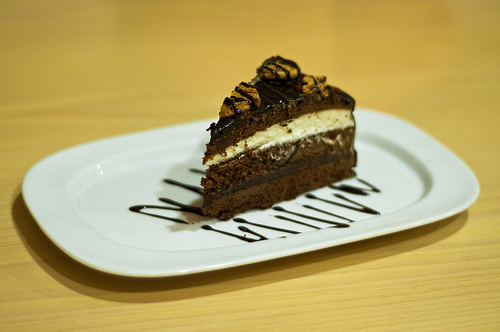
Cake And Cookies
The nutritionist Brad Pilon is fond of saying that in the US and Canada, there are three main causes of obesity, Halloween, Thanksgiving, and Christmas. These three months are the time of year many North Americans are offered cake and cookies every day, and who wants to offend a kindly aunt or granny or friend who spent all that time baking for you? If you are really addicted to a particular kind of cake or cookie, it's usually because you long to reconnect with the person who baked it for you or ate it with you in happier times. Dealing with issues of grief often helps you deal with addictions to these kinds of sweets.
- Important notification about information and brand names used in this slideshow!
- Photo courtesy of Ignacio Palomo Duarte by Flickr : www.flickr.com/photos/3oheme/4222828658/
- Mennella JA, Pepino MY, Lehmann-Castor SM, Yourshaw LM. Sweet preferences and analgesia during childhood: effects of family history of alcoholism and depression. Addiction. 2010 Apr.105(4):666-75. doi: 10.1111/j.1360-0443.2009.02865.x. Epub 2010 Feb 9.
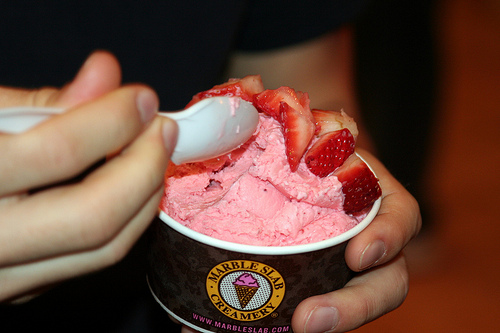
Ice Cream
You scream, I scream, we all scream, for ice cream. A study published in the American Journal of Clinical Nutrition in 2012 found that regular consumption of ice cream changes our brains so we want more, more, more. It's not unusual for people to develop a habit of eating an ample bowl of ice cream, or maybe an ice cream cone with a crunchy chocolate coating, every day. And the calories in that bowl or cone can add up to many pounds of body fat. How can you break an ice cream addiction? Well, you could eat it in the blazing sun or next to a heater so you have to eat it fast before it melts, causing a self-inflicted brain freeze. But it is more helpful to look inside yourself to remember what happy events in your life occurred when you were eating ice cream, and then to re-create them without food.
- Important notification about information and brand names used in this slideshow!
- Photo courtesy of Hector Alejandro by Flickr : www.flickr.com/photos/hectoralejandro/4291282665/
- Burger KS, Stice E. Frequent ice cream consumption is associated with reduced striatal response to receipt of an ice cream-based milkshake. Am J Clin Nutr. 2012 Apr. 95(4):810-7. doi: 10.3945/ajcn.111.027003. Epub 2012 Feb 15.
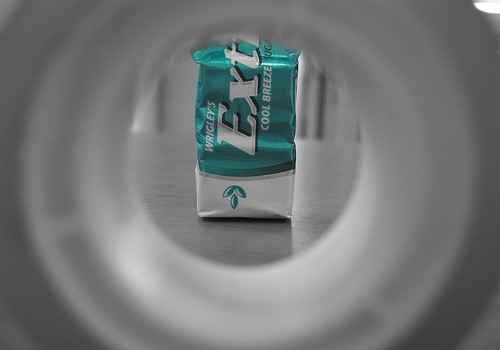
Gum
We all know someone who seems to be "addicted" to sugar free gum. But why should something that has no calories and no nutrients become addictive? A better description of the need to chew multiple packs of sugar-free every day would be an "oral fixation." People can become used to having something in their mouths, whether it's a toothpick, the end of a pencil or pen, or a stick of gum, while they think. The habit is not likely to cause any serious harm to health, although it can cause gas, due to the accumulation of air bubbles in the digestive tract swallowed while gum is chewed.
- Important notification about information and brand names used in this slideshow!
- Photo courtesy of Sy Clark by Flickr : www.flickr.com/photos/sybot/369908931/
- Katz DI. Am I addicted to sugar-free gum? Oprah.com. Accessed 13 November 2013.
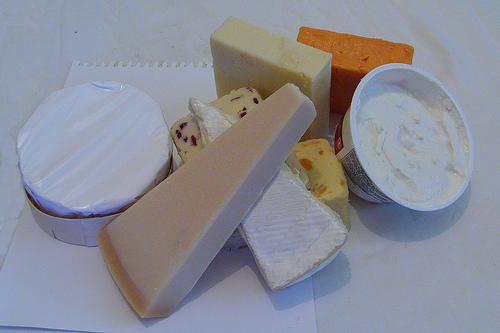
Cheese
Nearly everyone knows someone who is addicted to cheese, and in the United States it's usually an addiction to that orange-colored, highly processed, salty version that people in other parts of the world disdain. What is it about cheese, specifically about American cheese, that can be so addictive? Part of the answer is casein, a protein found in milk and concentrated in cheese, especially processed cheese. Casein activates pleasure centers in the brain. Another part of the answer is salt, which many people crave. And another part of the answer is that advertisers know that our brains direct us to hunt for tastes we associate with positive memories, hence they market cheese products to toddlers (Chuck-E-Cheese), children (Mac and Cheese), and teens (cheeseburgers) with the hope that in adulthood they will associate the flavors of cheese with the pleasures of childhood.
- Important notification about information and brand names used in this slideshow!
- Photo courtesy of Richard North by Flickr : www.flickr.com/photos/richardnorth/7696781276/
- Bryant CD, Parker CC, Zhou L, Olker C, Chandrasekaran RY, Wager TT, Bolivar VJ, Loudon AS, Vitaterna MH, Turek FW, Palmer AA. Csnk1e is a genetic regulator of sensitivity to psychostimulants and opioids. Neuropsychopharmacology. 2012 Mar.37(4):1026-35. doi: 10.1038/npp.2011.287. Epub 2011 Nov 16.

Candy
There is a very simple reason most of us have trouble avoiding candy from a dish set on our desks: It's there. But when a candy dish is moved to an inconvenient place that requires us to get up from our chairs and maybe stretch to reach the top of a cabine, we tend to eat less. If you need to beat an addiction to candy, move your stash. Put candy in a closed cabinet, or in the freezer, preferably in a freezer in your garage or on a different floor of your home from the place you usually stay. If you start living in your basement because the candy's down there, you need to seek professional help, but most of the time, out of sight, out of mind.
- Important notification about information and brand names used in this slideshow!
- Photo courtesy of Yoshi5000 by Flickr : www.flickr.com/photos/fknet/5271938970/
- Rister R. Healing without Medication. Basic Health Publications. 2003.
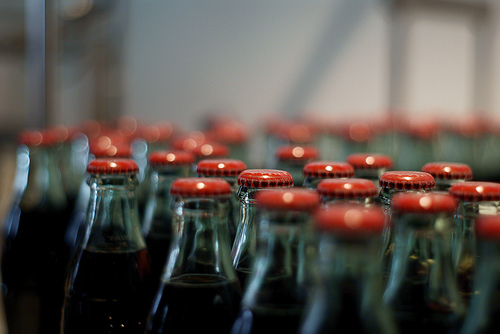
Caffeine And Caffeinated Beverages
If you just have to have a cup of coffee to get going in the morning and you have to have even more coffee throughout the day, or if you can't make through a day without energy drinks, you may be addicted to caffeine. Caffeine activates neurons in multiple sites in the brain, and its effects can last as long as 6 hours before people crave another dose. People who don't get their morning joe (or afternoon energy drink) can experience headaches, muscle pain, muscle twitches, nausea, vomiting, and depression. These symptoms last from 9 days to two weeks while coming off the "drug" if the caffeine addict does not consume more. Drinking even one cup of coffee, one cup or glass of tea, or one energy drink restarts the brain's addition to caffeine.
- Important notification about information and brand names used in this slideshow!
- Photo courtesy of Alan by Flickr : www.flickr.com/photos/ab4dd0n/3439851609/
- Fisone, G, Borgkovist A, Usiello A (2004): Caffeine as a psychomotor stimulant: Mechanism of Action. Cellular and Molecular Life Sciences 61:857-872.
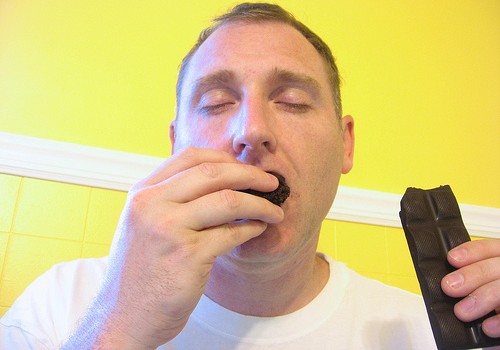
Chocolate
Scientists have found that you can train your brain to ignore cues and signals that set off your cravings for cocaine, but you can't train your brain to ignore the cues and signals that set off your cravings for chocolate. There is something about chocolate that so completely captures the senses that our brains move us to find more when there is even a hint of its presence. You will get an urge to see chocolate as soon as you see a chocolate bar's wrapper. But if you try to unlearn the cues that make you crave chocolate, scientists tell us, you are likely just want it even more. The only way to break a chocolate addiction is to replace it with something healthier.
- Important notification about information and brand names used in this slideshow!
- Photo courtesy of Q Family by Flickr : www.flickr.com/photos/dasqfamily/2606075616/
- Orsini C, Bonito-Oliva A, Montanari C, Conversi D, Cabib S. Partial extinction of a conditioned context enhances preference for elements previously associated with cocaine but not with chocolate. Physiol Behav. 2013 Aug 15.120:1-10. doi: 10.1016/j.physbeh.2013.06.021. Epub 2013 Jul 3.



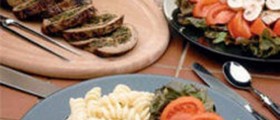
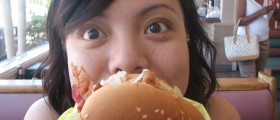
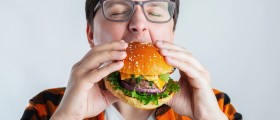
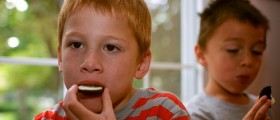


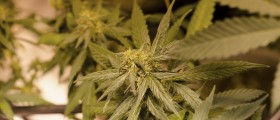








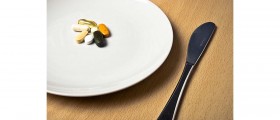

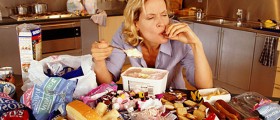
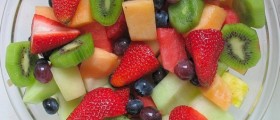

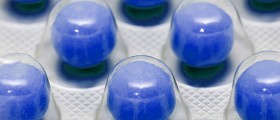

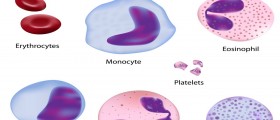
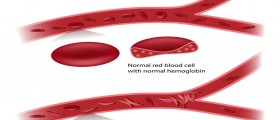
Your thoughts on this
Loading...